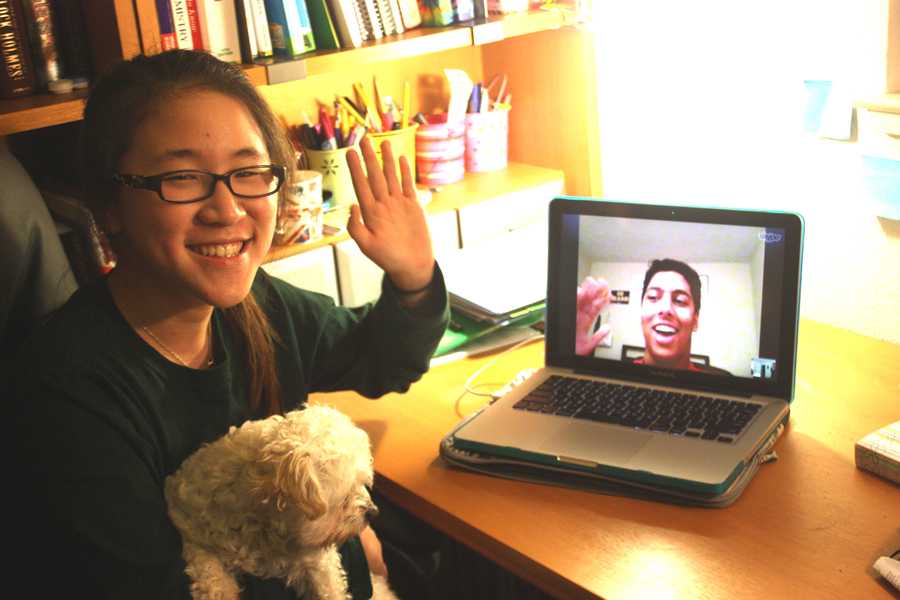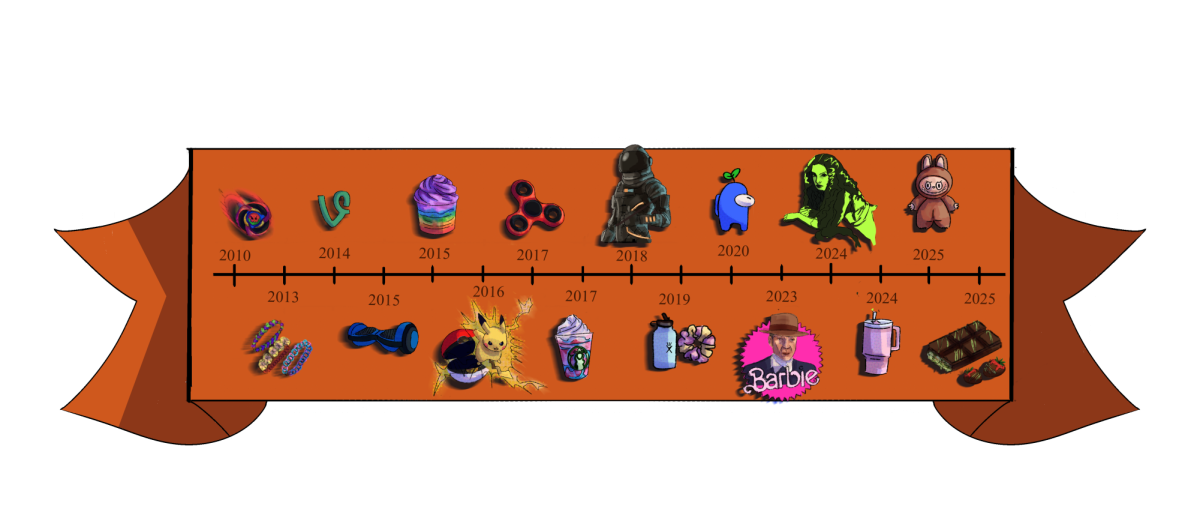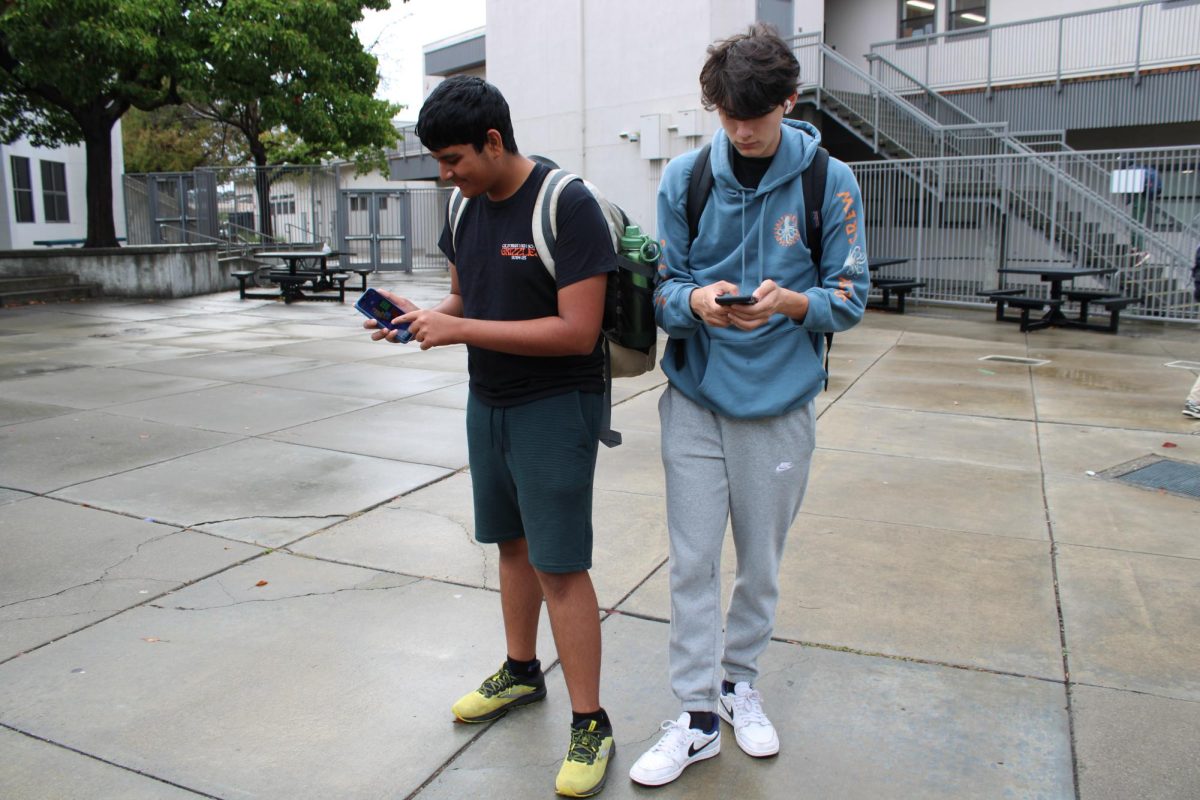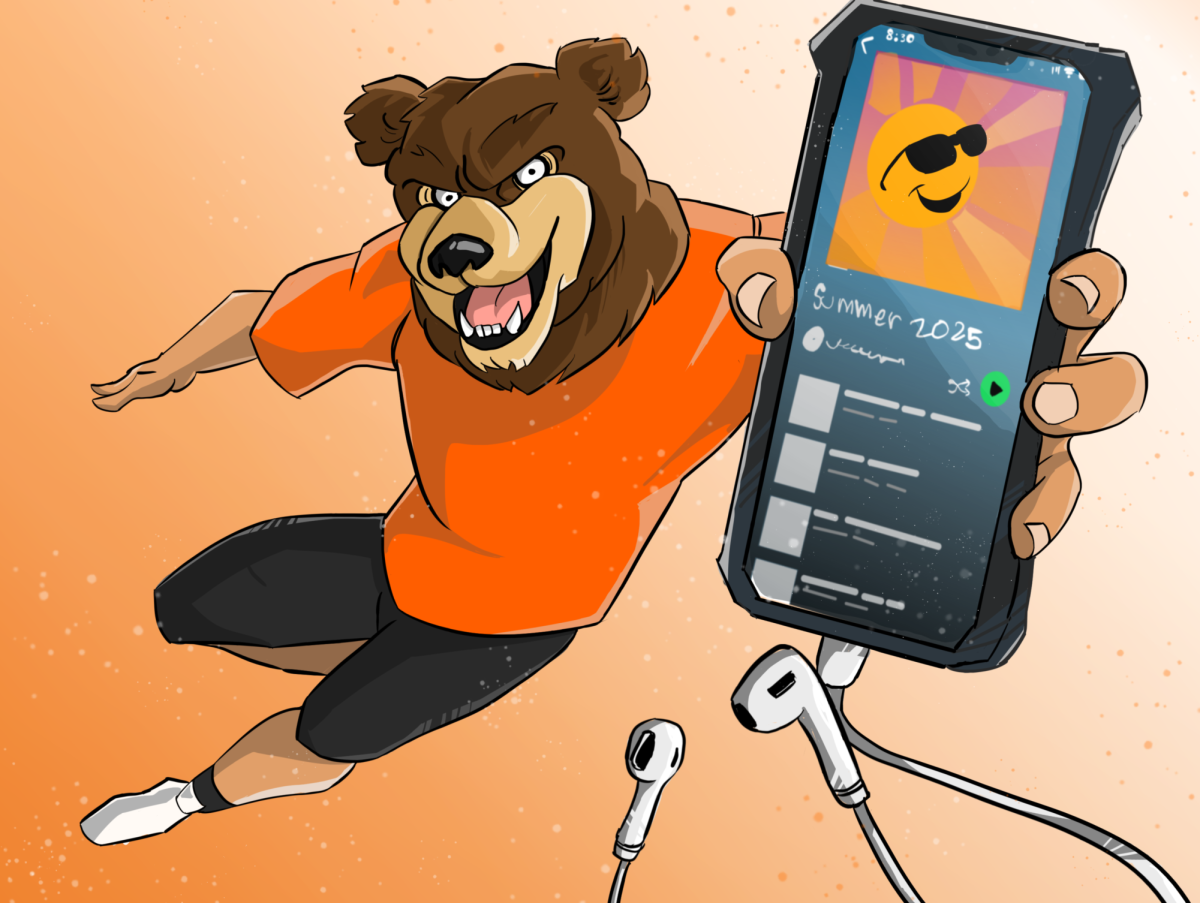Living in the 21st century makes communicating with one another easier than it has ever been before.
But this fact raises questions about how exactly students communicate and how it has changed their interactions with each other.
“It’s easier to get a hold of and communicate with one another,” senior Morgan Sheppard said. “With all the advantages, it’s easier to talk to people that we don’t live with or who we usually don’t see.”
The most common way students communicate with one another are sayings such as: “text me,” “Facebook me” or “follow me.” All of which are behind silver computer screens and through hand held devices.
“Some kids find it awkward to talk to people,” said freshmen Drey Avizenif. “They use their phones because they’re not near anybody.”
Ninety three percent of teenagers, ages 12 – 17, go online, and 69 percent of those teens go online every day, according to Ask.com.
But outside the home, 75 percent of conversations in America are face to face, according to USA Today.
“I’m more comfortable talking face to face,” sophomore Trevor Salaver said. “I find it better to see someone’s expression while talking, than waiting for them to say something back over text.”
This generation of teens, also referred to as the silent generation, is known for writing more than any other.
By doing so, they gain from the benefits of technology that previous generations of teens did not have.
But previous generations have a leg up on the ability to communicate face to face and have more personal interactions because they grew up on smaller scale electronics.
“It’s a combination of the two, there’s a heavy reliance on technology but it helps connect with one another,” English teacher Donna Montague said about whether students spend more of their time on their phones, Internet or face to face.
Montague agrees that there has been an obvious change over the past generations and how people regularly communicate today. She believes it has become more instant, more here and now.
Montague said the use of technology overshadows face- to-face conversations, which are happening on a regular basis.
But the use of technology and social media sites are being recognized more.
“In group projects, the first thing to come out is the phone,” Montague said. “It is to help communicate with one another.”
She explains that when students are talking face to face in a group, their phones and technology are a reliable source that is always referred to. It will help them stay in touch.
Senior Dalia Hernandez believes that there is a complete difference in the two ways that students communicate.
Talking in person is exactly how it sounds – personal and being yourself.
Technology and social sites provide the option to be safe and be behind a screen.
That sense of comfort gives the opportunity to be personal or become a person that is not at all true.
“When you are on a social network, you become so confident that you become someone that you might not be,” said Hernandez. “I agree that some people don’t have the courage to socialize with people in person. By having Facebook and social networks it becomes easier to talk to a person.”
Easy and fast access to social sites are reasons for students to go online on a daily basis.
This way of communicating has almost became a habit for students. Depending on who you ask, it could be for better or for worse.
“We can think about what we’re going to say,” Hernandez said. “It takes all the nerves away.”
Sheppard believes a lot of the technology for teens to communicate are good ideas, but she believes there are some harmful ripple effects. Other students agree.
“It used to be hard for me to socialize with people in person because of social networks,” Hernandez said. “But after I stopped using it, I became more social and started to talk to people that I have never talked to before. I became more comfortable in a crowd and in my public speaking,” she said.
One of the most popular social media sites is Facebook.
Although this site is starting to lose it’s edge and popularity, many students still go on to it on a regular basis.
“Some people are addicted to the way it (social media) makes them feel,” said Sheppard. “I think we are socially dependent on social media. I feel that we are on a path that leads us to not having the ability to be social.”
Through a phone or in person, teenagers will always be involved in one anothers life.
Technology has changed how students communicate and interact. Whether it’s through your phone or computer one thing is evident.
Every generation acknowledges the pros and cons that comes when using technology.





